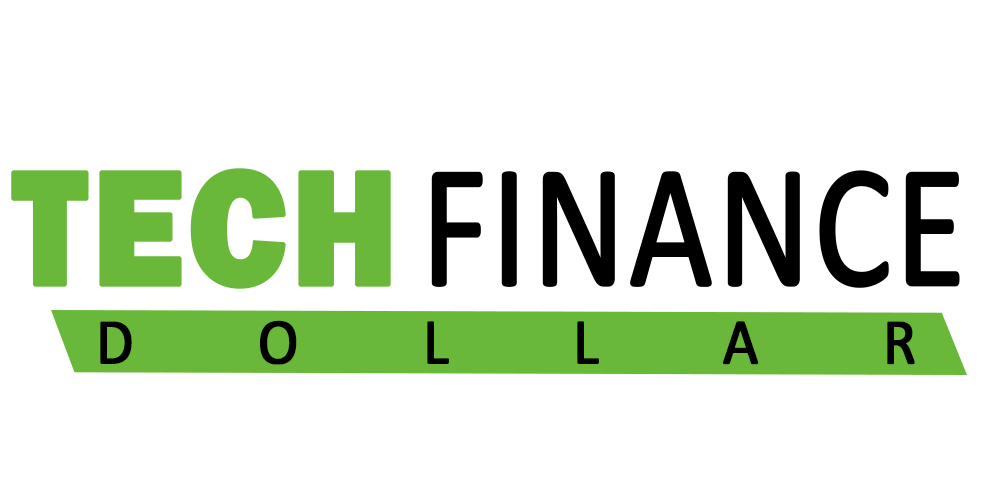The Department of Homeland Security (DHS) along with the Federal Bureau of Investigation (FBI) have taken measures to reduce technology-associated insider threats by investigating computer network security risks and installing security controls within companies’ networks. There are two primary objectives of this approach. First, to find and prevent insider threats to prevent potential perpetrators from accessing company information or intellectual property. Second, to mitigate the risk that company information or intellectual property (IP) may be exploited by hackers if they gain access to a company’s computer network.
Unfortunately, efforts to strengthen: a company’s computer network have typically focused on securing the outer perimeter of a computer network. The goal is to prevent a hacker or outside threat from gaining access to your company’s internal network. The result is that you’ve probably spent hundreds, if not thousands, of dollars on computer network security. While expensive, this approach has not prevented hackers or outside threats from penetrating your network, compromising your confidential information, or otherwise compromising your business. In this article, we will describe how we believe an inner network security plan can better protect your business.
One of the primary goals of computer: network security is to prevent remote users and malicious online malware from gaining access to a company’s network. A primary challenge for companies is the difficulty of separating one employee who owns and accesses a company’s network from another who doesn’t. For example, what is the easiest way for an employee to access your company’s network? Is there any way that he or she could gain access using the same username and password that other employees use? A secondary problem is that some employees may use their home email accounts to access a company’s network.

An easy solution: to the first problem is to implement secure lock boxes at every accessible work computer terminal. Employees would use a unique log-in code to access the lock box rather than using their company’s network password. However, even with lock boxes, it is possible for an employee to completely bypass these measures and gain unauthorized access to the company’s network. By implementing strict firewalls at every point on the network that a user will enter, you can significantly reduce the threat to your network from these types of unauthorized access techniques.
Another solution: that we believe can be very effective in reducing the threat associated with technology-related threats is the implementation of security measures at the client end. Many companies have found that installing a range of enterprise-level software, as well as custom software from trusted vendors can go a long way toward preventing the theft of company confidential information. By monitoring employee activity and assessing the risk of each work computer at a regular interval, a network administrator can determine which employees are using which software is being used by other employees. This, along with having strong network passwords and logins, can go a long way toward reducing the amount of access that an employee or an unauthorized person can have to a company’s network.
It is important to note that in many of these cases: the reduction in potential damage is not permanent. A company may still incur some financial harm, even if they have implemented all of the necessary measures to reduce technology-associated risks. For this reason, it is extremely important for companies to periodically evaluate their IT infrastructure and security posture. By so doing, they can take proactive steps to protect themselves against the ever-present threats of computer security breaches.
By combining preventative measures with strategic planning and analysis, companies can effectively reduce the threat of corporate sabotage and identity theft.

